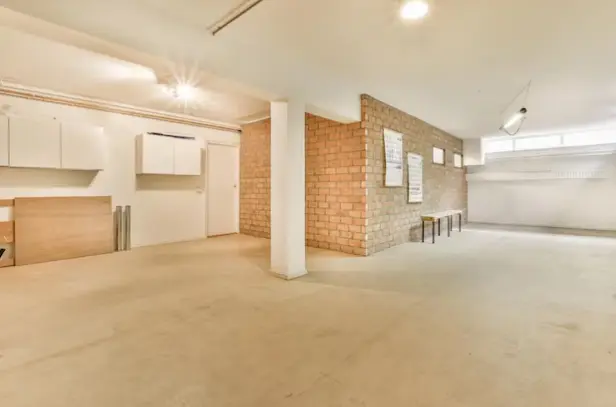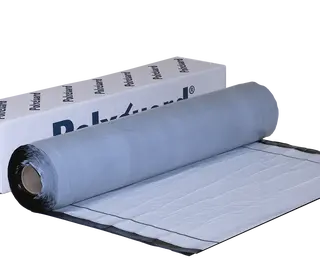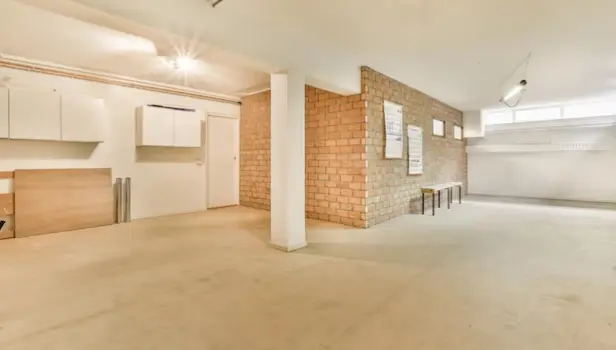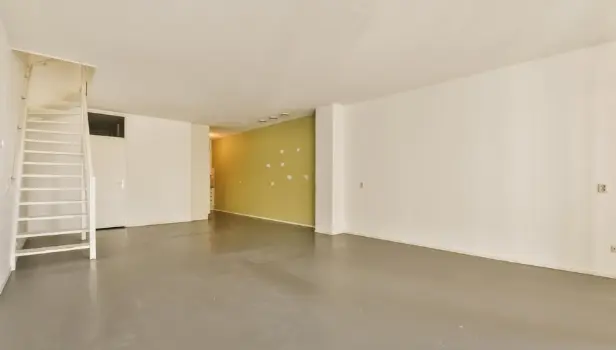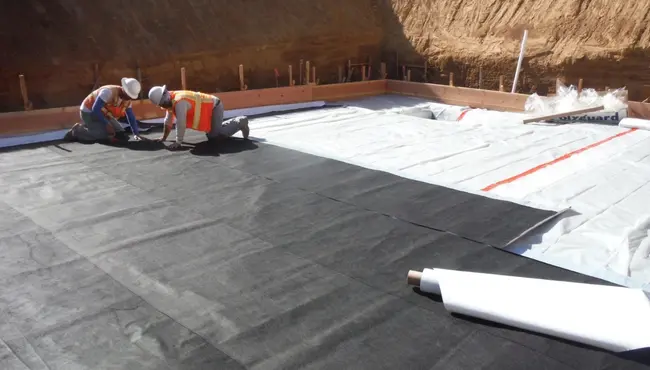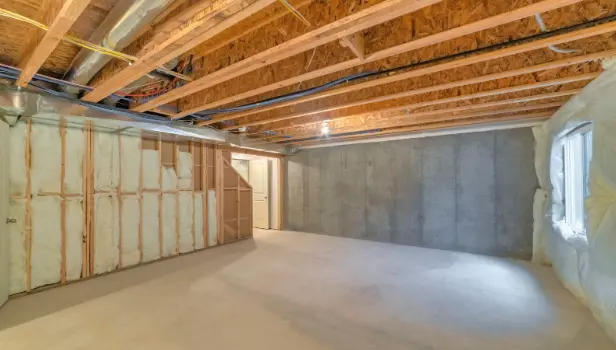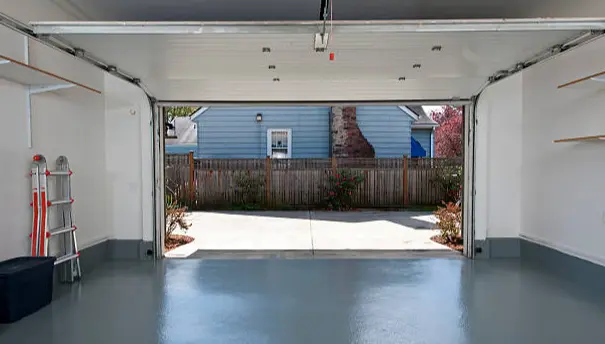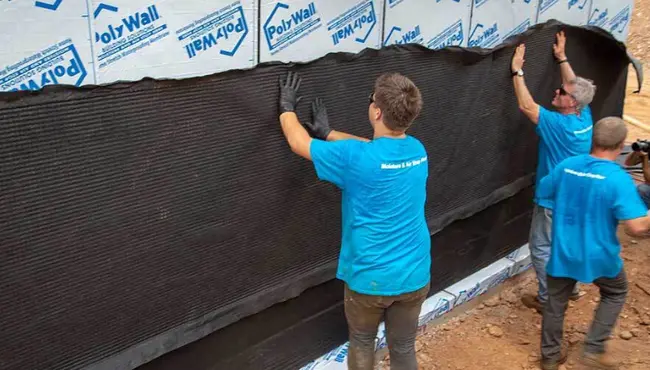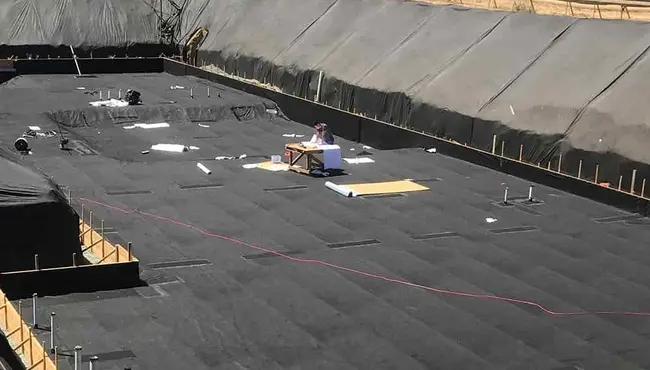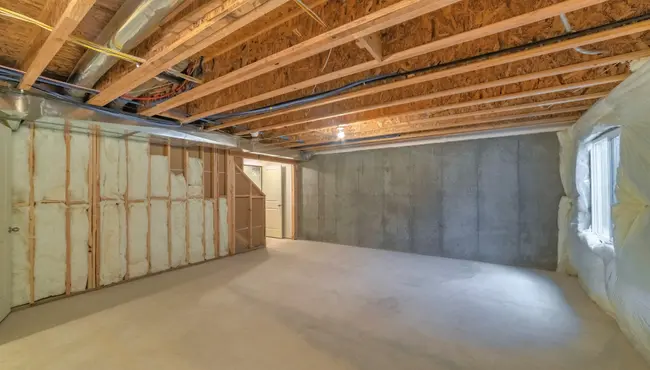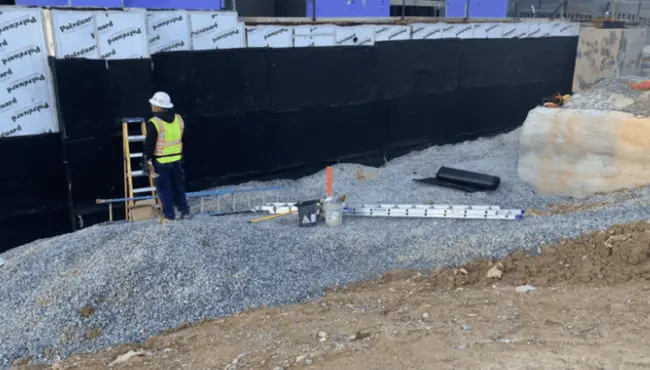Moisture damage in basements can lead to serious structural problems, unpleasant odors, and harmful mold growth. Homeowners often turn to waterproofing solutions to keep their basements dry and protected. Choosing the best basement waterproofing paint can make all the difference when it comes to maintaining a healthy, safe, and durable space.
What Is Basement Waterproofing Paint?
Waterproofing coatings are an essential aspect of maintaining the longevity and safety of any structure. Without proper protection, moisture can seep through basement walls, leading to various issues like mold, mildew, and even structural damage. Many homeowners turn to high-quality waterproofing systems hoping for a straightforward solution to keep their basements dry and protected. While these coatings are popular, understanding their limitations is equally important.
How Waterproofing Paint Works
Moisture-resistant coatings are designed to provide a durable, water-resistant layer that helps shield basement walls from water infiltration.
- They typically work by forming a protective barrier over the surface, preventing water from penetrating the porous material underneath.
- Many products are formulated to be breathable, allowing trapped moisture within the walls to escape without compromising the coating’s integrity.
- Durability is another key consideration, as a reliable moisture-resistant coating should be able to withstand fluctuating temperatures, humidity, and potential hydrostatic pressure.
However, not all waterproofing solutions offer the same level of protection, making it essential to compare available options before selecting the best approach.
Popular Waterproofing Solutions for Concrete Basement Walls
Homeowners seeking effective waterproofing solutions for concrete basement walls often turn to products like KILZ Basement & Masonry Waterproofing Paint, which uses nanotechnology to enhance water resistance. Its formula is specifically designed to resist water infiltration while remaining breathable, allowing vapor to escape from within the wall. Similarly, DRYLOK Extreme Masonry Waterproofer is known for its ability to withstand up to 15 psi of water pressure. It also features a mildew-resistant coating, making it a common recommendation for basements prone to dampness and biological growth.
Liquid Rubber-Based Waterproofing Products
Liquid rubber-based coatings are another category of waterproofing solutions commonly used for concrete basement walls. These formulations are highly flexible, providing a thick, durable layer of protection that can accommodate minor structural shifts or cracks. However, their effectiveness largely depends on the condition of the substrate and the thoroughness of the application process. Improper preparation or inadequate coverage can significantly diminish their protective capabilities.
Specialized Paints for High-Humidity Areas
Products like Zinsser Watertite Mold & Mildew Proof Waterproofing Paint are formulated to resist biological growth, making them suitable options for areas with high humidity. Many waterproofing systems advertise a dual approach: blocking moisture while simultaneously preventing mold and mildew from forming on the surface. While these features are appealing, it’s important to recognize that their effectiveness is limited to surface protection. They cannot address foundational issues or prevent water from seeping through cracks or other vulnerabilities in the substrate.
Limitations of Waterproofing Coatings and Polyguard’s Advanced Solutions
Moisture-resistant coatings can provide reasonable protection against water intrusion, but they are not designed to address deeper structural issues or severe water exposure. Surface coatings only create a superficial barrier, leaving cracks, gaps, or joints vulnerable to moisture penetration. In these cases, a more robust, comprehensive solution is needed.
What Standard Waterproofing Paints Offer
Standard waterproofing paints like KILZ, DRYLOK, and Zinsser are primarily designed to provide surface-level protection against moisture infiltration.
- They excel at creating water-resistant coatings that help repel water from masonry surfaces and inhibit the growth of mildew.
- However, these coatings remain on the surface, offering limited ability to bridge cracks, adapt to structural shifts, or withstand continuous exposure to hydrostatic pressure.
Their effectiveness is often short-term and dependent on frequent maintenance or reapplication.
Why Polyguard Offers Superior Protection
Polyguard’s advanced waterproofing systems provide reliable protection for below-grade surfaces by addressing challenges that standard coatings cannot overcome.
- While conventional waterproofing paints offer surface-level moisture resistance, Polyguard’s solutions are designed to handle hydrostatic pressure, structural shifts, and prolonged exposure to moisture.
- Their membranes and liquid-applied systems create continuous, durable barriers that actively prevent moisture intrusion and maintain effectiveness over time.
- Unlike standard coatings, Polyguard’s systems are engineered to bond directly to substrates and form flexible, resilient barriers capable of adapting to structural changes.
This ability to maintain structural integrity under various conditions makes Polyguard a superior choice for comprehensive moisture protection, ensuring long-term durability and performance where other solutions fall short.
Basement Wall Protection
Polyguard offers several specialized products that are designed to protect exterior basement walls from moisture intrusion and related damage. These solutions are specifically engineered for use on the outside of below-grade foundation walls, not for interior wall applications.
WM40
Polyguard’s WM40 is a self-adhering, 40-mil waterproofing membrane designed for vertical exterior foundation walls. Featuring a high-density polyethylene (HDPE) film bonded to rubberized asphalt, it delivers durable moisture protection and flexibility to accommodate minor structural shifts.
Stretch Flex Liquid Waterproofing
Stretch Flex Liquid cures to form a durable waterproofing membrane capable of bridging substrate shrinkage cracks up to 1/16 inch. It's suitable for below-grade CMU, poured concrete, precast concrete, and other vertical foundation surfaces exposed to hydrostatic pressure. The easy spray application makes it a practical choice for comprehensive outside basement wall protection.
650 Sheet Membrane
A self-adhesive waterproofing membrane/vapor retarder, the 650 Sheet Membrane is designed for post-concrete pour applications on concrete block, ICF, and wood structures, including foundation walls. Its robust construction effectively prevents vapor and water transmission, providing long-term protection where conventional coatings would eventually fail.
Below Basement Slab Protection
Polyguard provides specialized solutions for waterproofing beneath basement slabs, ensuring effective protection against moisture intrusion and related issues.
Underseal® Underslab Membrane
This 85-mil pre-concrete pour membrane is designed to prevent water and vapor transmission beneath concrete slabs. It forms a strong mechanical bond with the concrete, providing reliable protection in environments where hydrostatic pressure or vapor migration is a concern.
Underslab TRM
A 95-mil waterproofing sheet that provides exceptional puncture resistance and hydrostatic pressure protection. It incorporates a self-healing sealant that ensures long-term durability beneath basement slabs, making it suitable for challenging environments where other waterproofing solutions may fall short.
Fortify Your Basement with Polyguard’s Proven Solutions
Polyguard’s innovative waterproofing systems are designed to deliver reliable, long-term protection against moisture, structural shifts, and environmental stressors. With our solutions tailored specifically for below-grade surfaces, you can confidently safeguard your basement’s integrity and durability. Contact us today for more information.
